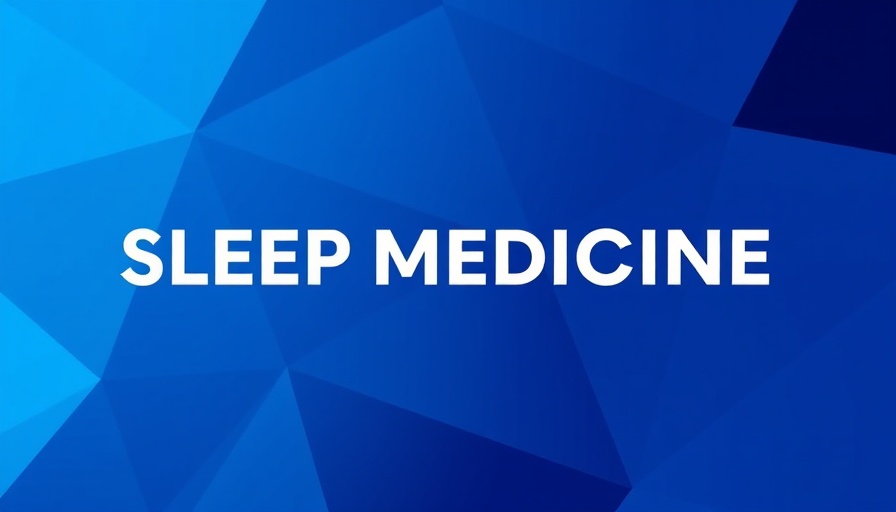
How REM Sleep Behavior Disorder Might Hold the Key to Parkinson's Prevention
Recent discussions surrounding REM Sleep Behavior Disorder (RBD) have shed light on its potential link to the onset of Parkinson's Disease, opening doors to transformative research aimed at prevention. In a captivating episode of Mayo Clinic's Sleep Medicine Podcast, Dr. Michael Silber and Dr. Mithri Junna delve into promising studies and trials that might one day change the trajectory of countless lives.
In REM Sleep Behavior Disorder: How near are we to preventing Parkinson’s Disease? S5-Ep7, the podcast explores significant advances in sleep medicine that could lead us closer to prevention strategies.
Unraveling the Mysteries: What is REM Sleep Behavior Disorder?
RBD is characterized by individuals acting out their dreams, often resulting in vigorous movements during sleep. Research has shown that people with RBD are at an increased risk for developing Parkinson's or similar synucleinopathies. Despite this alarming connection, the focus is shifting towards understanding how we can intervene early enough to prevent progression.
Current Research Efforts: NAPS2 and PPMI
The NAPS2 initiative, funded by the NIH, and the Michael J. Fox Foundation's PPMI initiative are two leading research projects. Researchers are not only tracing the natural history of RBD but also collecting vital data to design effective clinical trials. These collaborative efforts signal hope—perhaps we're not far from effective prevention strategies.
Challenges Ahead: The Complexity of Clinical Trials
Conducting clinical trials for potential treatments presents a unique set of challenges. Many individuals with RBD can remain asymptomatic for decades, complicating the process of identifying those most likely to benefit from intervention. Furthermore, the recent trials of monoclonal antibodies targeting alpha-synuclein in early-stage Parkinson's showcased the difficult landscape, as both trials concluded unsuccessfully.
The Path Forward: New Avenues for Treatment
Despite setbacks, hope remains alive as researchers explore various avenues beyond monoclonal antibodies, such as leveraging immune responses and even lifestyle changes like exercise. Studies are beginning to emerge that indicate a potential role for the immune system in slowing the progression of Parkinson's.
Endless Possibilities: What Lies Ahead
As scientists refine their approaches, the future appears promising. With continued research and collaborative efforts, we may soon uncover strategies to delay or prevent the onset of these debilitating disorders. Through dedication and innovation, there’s a chance that we can rewrite the narrative of lives impacted by RBD and related conditions.
Stay informed—understanding the potential for RBD to affect Parkinson's onset could empower you or your loved ones to seek early intervention and better manage sleep health!
 Add Row
Add Row  Add
Add 




Write A Comment